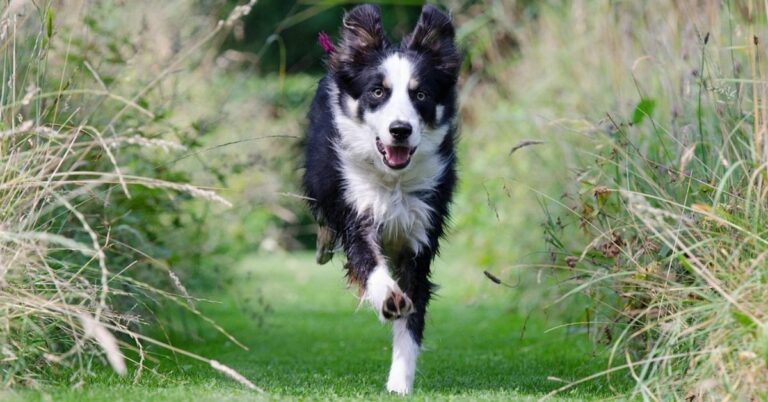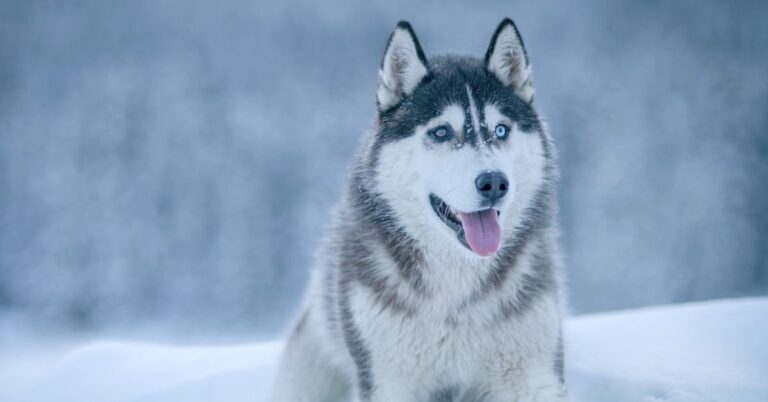15 Dog Breeds With the Shortest Lifespan

The lifespan of your dog can vary greatly depending on their size and breed. For instance, tiny bundles of energy like Chihuahuas, Yorkies, and Shih Tzus can live for 14-16 years. Medium-sized dogs like Golden Retrievers, French Bulldogs, and Cocker Spaniels usually share our lives for about 10-12 years. However, if you’re a fan of the big guys—think Great Danes, Irish Wolfhounds, or Saint Bernards—you might only get 7-10 years with them. Read on to find out about these breeds and understand what contributes to their shorter time with us.
Dogue de Bordeaux
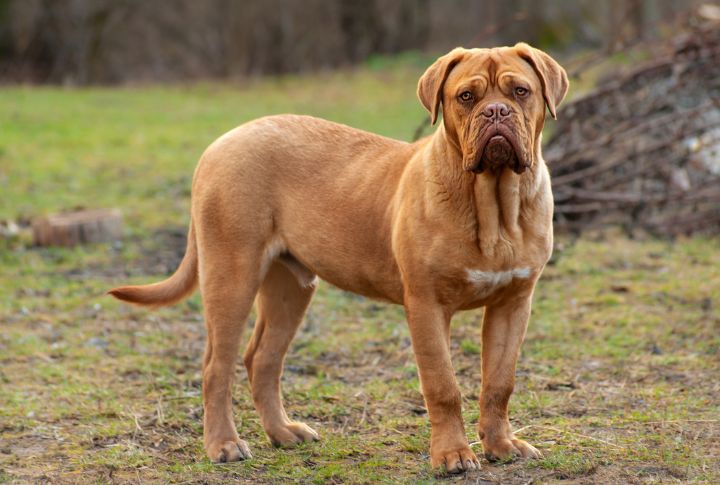
The Dogue de Bordeaux, known for its loyalty and imposing stature, sadly has a lifespan of just six to eight years, though some live up to 11. Common causes of this breed’s demise include lymphoma, heart conditions, and bloat. While progress has been made in reducing hip dysplasia, it remains a concern. Despite these challenges, this breed fills each day with love and devotion.
Irish Wolfhound
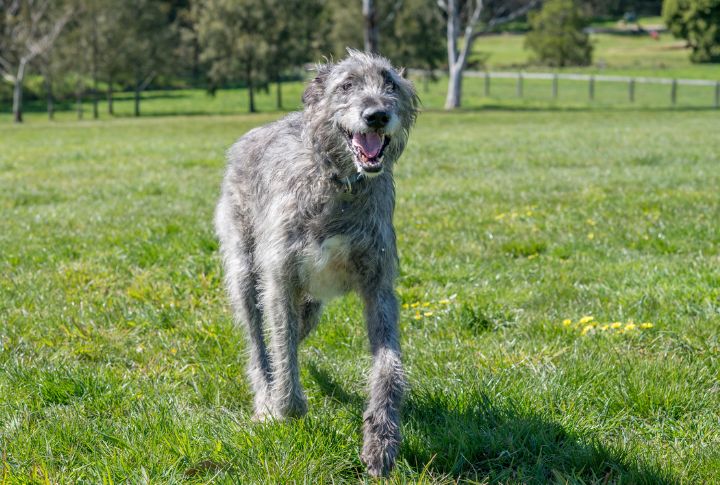
With a majestic stature and gentle demeanor, Irish Wolfhounds have a rich history of being bred from Middle Eastern hounds and native British dogs. These giants have an average lifespan of just 6 to 8 years. Owners must watch for serious health issues, making pet health insurance a wise investment. Even with the best care, their life expectancy is around seven years, much shorter than that of smaller breeds.
Mastiff
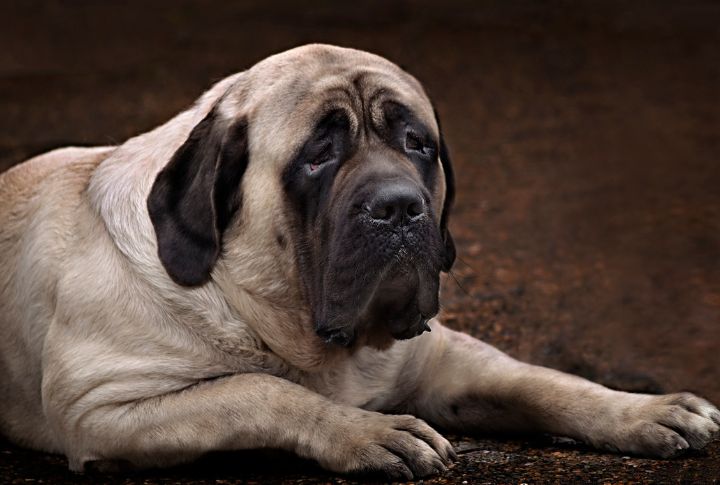
Mastiffs age quickly due to their large size and have a life expectancy of 6 to 10 years. This faster aging makes them more prone to health issues like osteosarcoma (bone cancer) and lymphosarcoma (blood and lymphoid tissue cancer), which are the leading causes of death among them. While these diseases can’t be fully prevented, early detection and treatment can greatly prolong a Mastiff’s life.
Great Dane
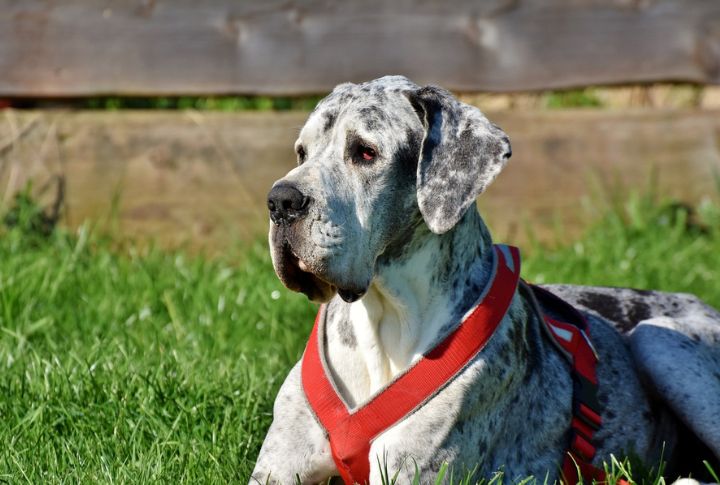
Great Danes are prone to an assortment of health issues such as bloat, cardiomyopathy, joint and bone problems, and thyroid issues, which can cut their lives short. They typically live between 8 to 10 years, though some live just for 6 or 7 years. This is much shorter compared to small dogs that can live almost twice as long.
Bernese Mountain Dog
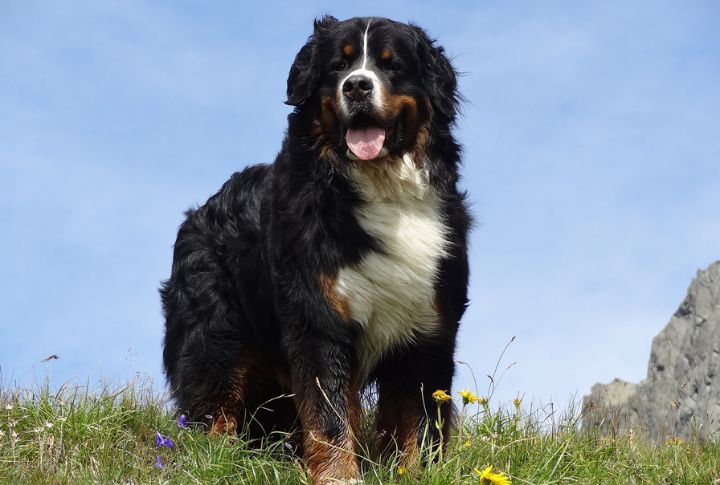
A male Bernese Mountain Dog typically stands between 25 and 27.5 inches, while females are smaller, ranging between 23 and 26 inches. When it comes to life expectancy, a well-cared-for Bernese can live between 7 and 10 years. However, they can easily become overweight if they don’t get enough exercise or if they’re overfed. Feeding them high-quality food suitable for their age and size is essential to maintain their health.
Chow Chow
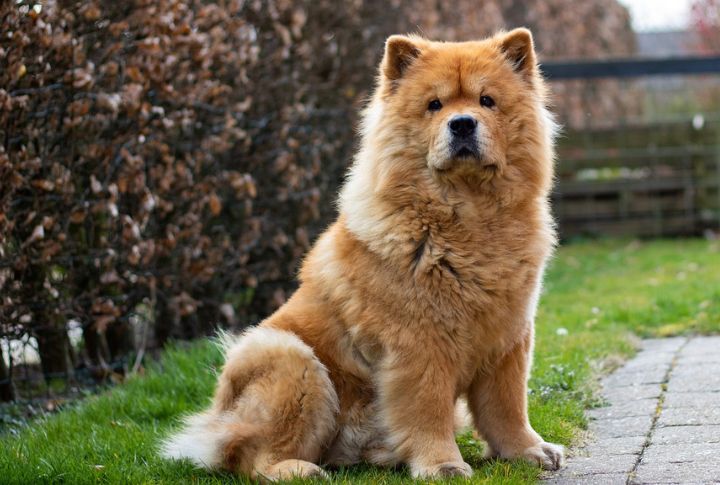
On average, Chow Chows live between 9 and 14 years. Their mobility and overall health may be negatively affected by conditions such as hip dysplasia, elbow dysplasia, and patellar dislocation. Additionally, they are known to suffer from autoimmune diseases and eye disorders, such as glaucoma and cataracts, which can affect their quality of life.
Scottish Deerhound

Scottish Deerhounds typically live 8 to 10 years and are prone to common health issues seen in large dogs and sighthounds. Cystinuria, a genetic disorder leading to bladder stone formation, can cause symptoms like difficulty in urination or blood in the urine. Another serious concern is bloat, where the stomach twists and fills with gas, leading to restlessness, unsuccessful attempts to vomit, and a swollen abdomen. Immediate veterinary attention is crucial for both conditions.
Bulldog

Compared to medium-sized breeds, Bulldogs have a shorter lifespan of just 6 to 10 years due to their susceptibility to numerous genetic disorders. Their brachycephalic, or short and ‘squashed,’ snouts complicate breathing and increase health risks. Unethical breeding practices have further reduced their lifespan.
Saint Bernard
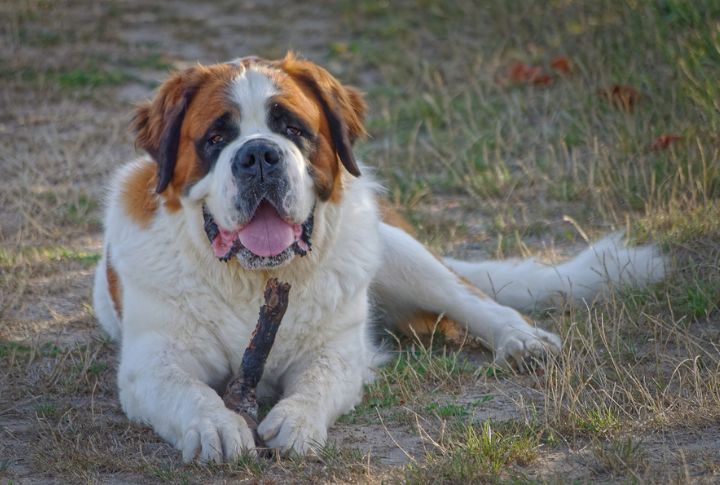
Saint Bernards live for about 8-9 years. They can have dental issues like tartar buildup and gum infections, which, if untreated, can lead to tooth loss and affect organs like kidneys, liver, heart, and joints. They’re also at high risk of common infections such as parvo, rabies, and distemper. Avoid overfeeding with human food and treats to keep your Saint Bernard healthy and happy.
Broholmer

Broholmers suffer from health problems like joint pain, hip dysplasia, and elbow dysplasia, which cause pain and mobility problems as they age. They may also experience visual problems like entropion, where the eyelid turns inward, potentially leading to eye damage and vision loss. All of these issues lead to their short lifespan of 8 to 10 years.
Borzoi

Despite their athleticism, Borzois are well-suited to spending time indoors but also require space for running and playing. In general, Borzois live for 7 to 10 years. The greatest health concern for Borzois is bloating, which may develop into gastric dilatation and volvulus (GDV).
Boerboel

The Boerboel breed has a rich history dating back to ancient times, originating around the Assyrian conquest of Egypt (677–663 BC). They live for 9 to 11 years, so be prepared for a decade with your puppy. While generally healthy, they may face common issues like hip dysplasia and cancer, similar to other large breeds.
Rottweiler
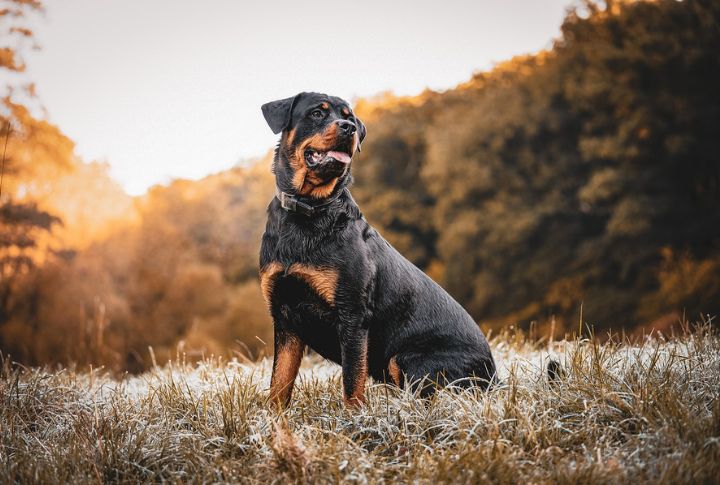
An English study found that Rottweilers have a life expectancy of 8 years, just a little shorter than the average of 12 years. Cancer is the leading cause of death among Rottweilers, accounting for over 45% of fatalities according to a survey of breed club members.
Newfoundland
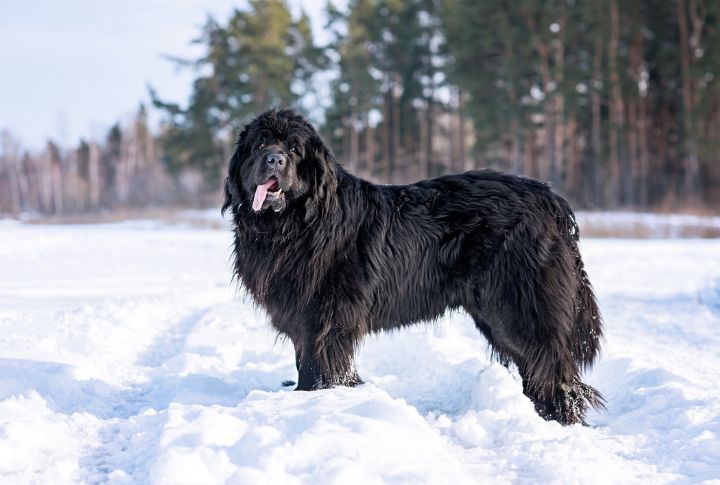
As a rule of thumb, Newfoundlands usually live for 8 to 10 years. Excess weight can shorten their lifespan further. During their first year, they gain about 100 pounds due to their rapid growth. Afterward, their metabolism slows, and they need fewer calories. Maintaining a lean body is crucial for their health. Like other large breeds, Newfoundlands frequently experience joint problems such as hip and elbow dysplasia.
Shar Pei
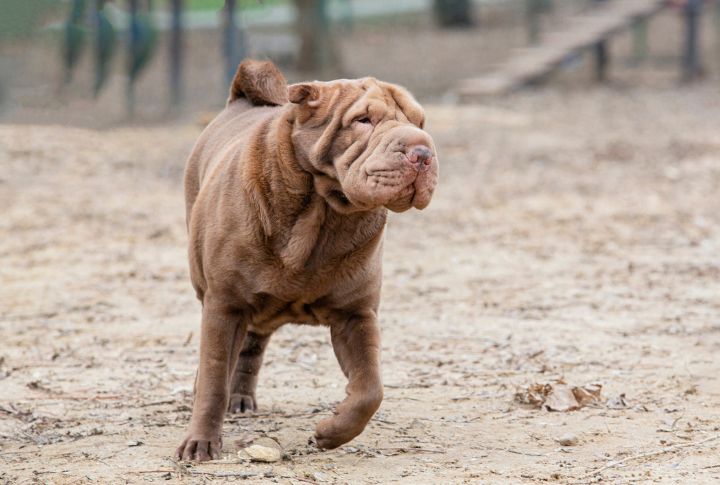
In a 2024 UK study, Shar Peis were shown to have an average life expectancy of 10.6 years. They are prone to hypothyroidism, entropion (a treatable eye condition leading to blindness if untreated), vitamin B12 deficiency, and elbow dysplasia (affecting 24% of Shar Peis over two years old in North America).
